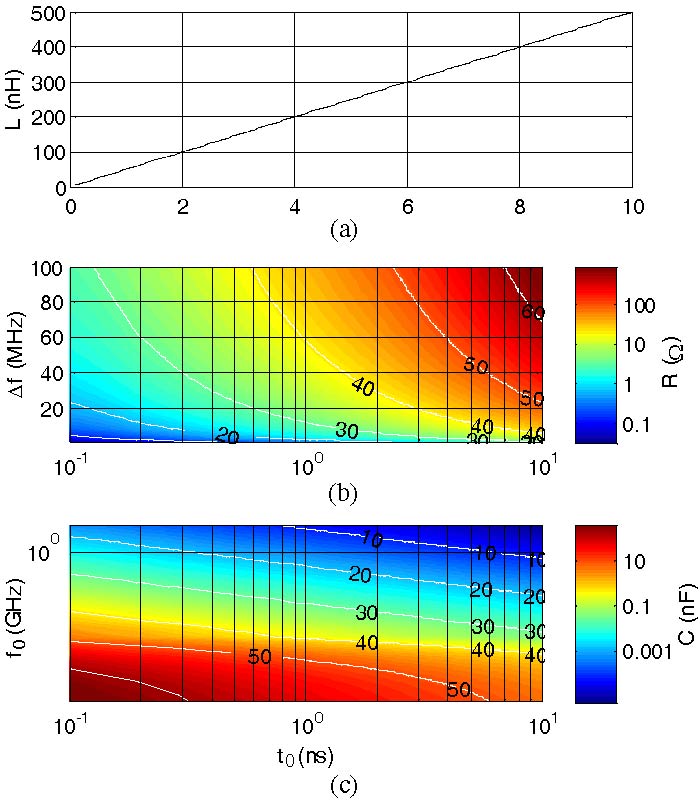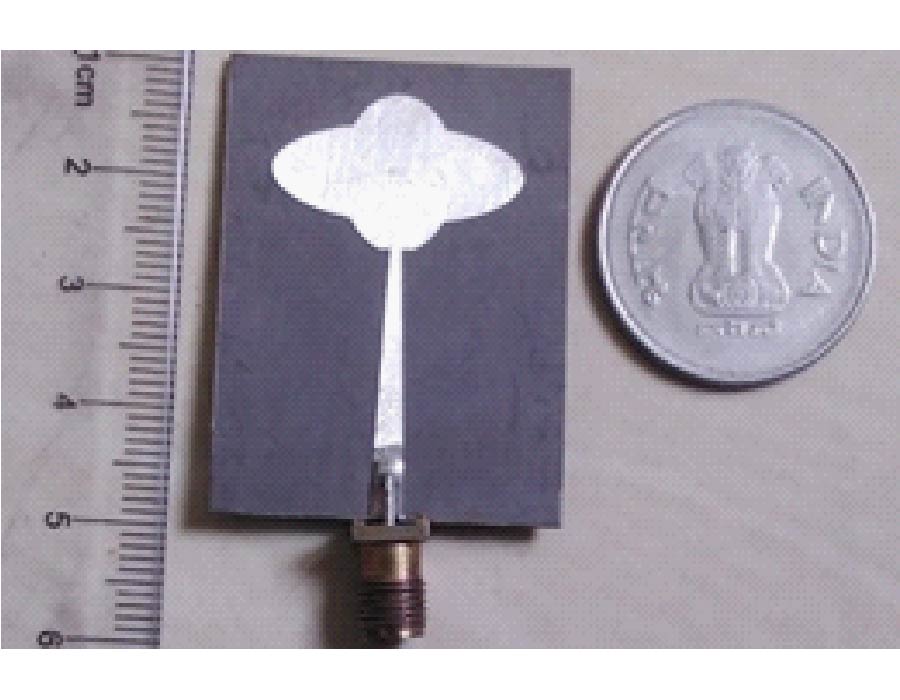A Miniaturized Antenna for Breast Cancer Detection at the 5.72-5.82 GHz ISM Band Based on the DGS Technique
Lala Aicha El Vadel,
Dominic Bernard Onyango Konditi and
Franck Moukanda Mbango
This paper presents an alternative solution for detecting breast cancer through planar antennas. The designed antenna electric parameters are the best gain for tiny radiation elements, along with the suitable characteristic impedance and bandwidth focusing on a specific application. Antennas are deployed nowadays to provide access to the detection of malignant tumors. That solution coexists with those in the hospitals (X-ray Mammography, Biopsy, Ultrasound, and Tomography), as breast cancer is a worldwide health concern because many women die yearly. Unfortunately, none of these methods are efficient as microwave imaging techniques. In terms of rapidity, efficiency, sensitivity, and accuracy, a small microstrip patch antenna operating at the Industrial, Scientific, Medical (ISM) band (5.72-5.82 GHz) is proposed in this paper for early breast tumor screening. Designed from the High-Frequency Structure Simulator (HFSS), the rectangular microstrip patch-antenna of 12x12x1 mm3, etched on an FR4 HTG-175 dielectric material (relative permittivity of 4.4 and 0.02 of loss tangent) has been simulated, prototyped, and experimentally measured with ZVA50 Vector Network Analyzer (VNA). The defective ground structure technique has been used to achieve the goals of the final prototype. The proposed antenna has 51.22 dB of return loss, 230 MHz of bandwidth, with a radiation efficiency of 82% and a gain of 1.45 dBi at the resonance frequency of 5.73 GHz. Simulation results have been well-concluded through different tumor positions on the breast to take comprehensive precautions. Furthermore, a comparison with other antenna designs has been made. Due to the available laboratory equipment, the suggested work focused on the research part.









